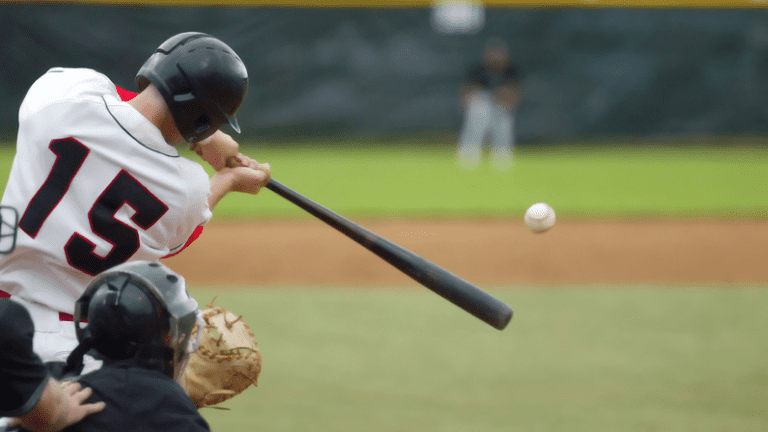The bunt in baseball is an often debated strategical move for a team. In many bunting situations, the goal is to sacrifice an out to move your players into scoring position. However, not all bunting situations are the same. In many cases, baseball managers will make the decision to bunt that seems to go against standard baseball logic. However, there are a few standard bunting situations that most teams prescribe to in Major League Baseball. Each situation calls for a different type of bunt. Here are the different kinds of bunts you can perform in a bunting situation:
Sacrifice Bunt
This is the most common bunt. The goal is to sacrifice the batter so that a runner on base can get into scoring position. The batter will square off facing the pitcher before he releases the ball, with the intent of showing everyone he is about to bunt. The most common sacrifice bunting situations are when there are no outs and a runner on second base. Furthermore, baseball statisticians conclude that sacrifice bunting is your best option when a single run is your goal. Managers will occasionally use pitchers or batters in a slump to sacrifice bunt outside of those scenarios.
Squeeze Bunt
A squeeze bunt is used in an attempt to score a runner from third. There are two basic types of squeeze bunts:
- Suicide Squeeze: The suicide squeeze bunt is performed by having the runner take off towards home plate before the ball is bunted. This is a risky move because, if the batter fails to make contact, the runner may easily be tagged out at home.
- Safety Squeeze: The safety squeeze bunt involves the runner taking off towards home only after the ball has been bunted. This eliminates the possibility of the runner getting thrown out at home after the pitch.
Drag Bunt
The drag bunt is the most unique of the types of bunts as it is an attempt by the batter to get on base. It is most often performed by left handed hitters as they are closer to first base. It is performed by showing your bunt at the last possible moment and bunting down the third base line for right handed hitters and the first base line for right handed hitters. Make sure if you perform this type of bunt that the fielders on the corners are playing behind the bases. You want to rely on the element of surprise, so it is important to only square for the bunt if you see the pitch is a strike.
Bunting is common in Major League Baseball, although not all of these types are commonly utilized. Bunting can be a great strategical tool for a team in desperate need of a run late in the game. If you want more resources on ways to give you or your team an edge, be sure to check out the rest of our baseball articles and coaching resources.
CoachUp is the safest and easiest way to find a private sports coach. With our 100% money-back guarantee and vetted coaches, anyone can achieve their full athletic potential. Find your perfect private coach today and become the athlete you want to be!
How useful was this post?
Click on a star to rate it!
Average rating 4.5 / 5. Vote count: 21
No votes so far! Be the first to rate this post.




3 Responses
Push bunt, slap bunt, bunt for a base hit…fake or slash bunt..GAGPTH!
A bunt is a type of hit wherein the batter deliberately taps the ball lightly without swinging the bat. It is meant to hit the ball within a short distance so that a base runner can move closer to home.
Interesting! Have you heard of bunting w/bases loaded? Saw this last week in college and thought it the wrong moved. Btw, it didn’t work; batter was tagged out.